Chronological Understanding
With very young children this can be as simple as beginning to understand today, tomorrow and yesterday. Days of the week and months of the year will be introduced in other curriculum areas such as numeracy and these can be built on in history activities. Concepts such as older/younger and oldest/youngest will gradually be introduced as the child gains in confidence. These concepts need to be taught in the context of a child’s own experiences. Read more
-

The revised EYFS Framework: exploring ‘Past and Present’
ArticleClick to view -

Developing chronological understanding and language in the EYFS
ArticleClick to view -
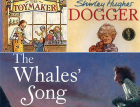
Using stories to support history in the EYFS
ArticleClick to view -

How technology has changed our lives
ArticleClick to view -

Learning about the past through a study of houses and homes
ArticleClick to view -

Learning about the past through toys and games
ArticleClick to view -

Using shoes as an historical source
ArticleClick to view -
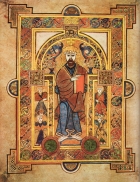
Using original sources
ArticleClick to view -
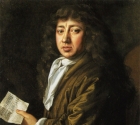
KS1: Teaching about significant individuals
ArticleClick to view -

From Home to the Front: World War I
ArticleClick to view -

Assessment and Progression without levels
ArticleClick to view -

Using 'Development Matters' in the Foundation stage
ArticleClick to view -

Chronology: Developing a coherent knowledge
ArticleClick to view -
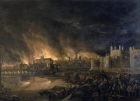
The Great Fire of London and the National Curriculum
ArticleClick to view -

The Early Years Foundation Stage Curriculum
ArticleClick to view -

Case Study: Creative chronological thinking
ArticleClick to view -

A creative Egyptian project
ArticleClick to view -

Chronology through ICT
ArticleClick to view -
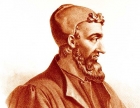
Time, Chronology, language and story
ArticleClick to view -

Enriching young children's understanding of time
ArticleClick to view

